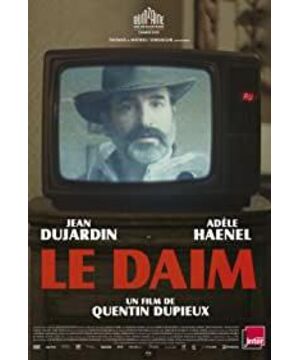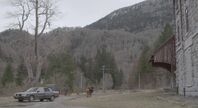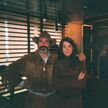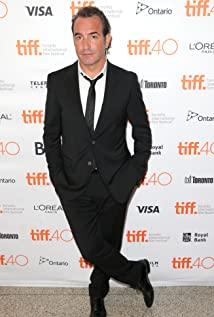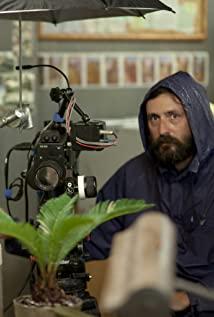Please do not fill in the introduction that is difficult to understand (within 140 words)
As explained by Baudwell in "Form and Style" by taking the Wizard of Oz as an example, the meaning of the film can be from the internal world of the film (in the plot/screen) and the film as signifier (which can be linked to the external objects of the film). , The film as a metaphor (psychoanalysis of the creator/examination of the social meaning of the motif from outside to inside) has been interpreted differently in three levels. I think the meaning of the film lies in the flexible use of the film elements at the same time. As the feature of the internal world element/signifier variability (that is, the first and second layers mentioned by Baudwell quoted above), the place where the elements are fluidly placed and transformed. In the vernacular, it means that the same element is both fake and real in the same movie.
A counter-example that can’t and is true is to help understand. In the King Kong vs. Godzilla , King Kong is a character who has always lived in the monster story. The audience’s perception of him is not based on how deep he rushes to the surface or how far he flies. The height of the sky changes, that is, the meaning of King Kong in the film only exists in the internal world, and the audience generally cannot refer to the symbol from the external world (does it symbolize humans’ concerns about species diversity?) or metaphor ( Is he a declaration of the director animal control/technologist?) Upper analysis King Kong. Of course, this is not changed by the proposition of whether King Kong exists in the real world, because in the same way, soldiers, parents, and scientists in the battle between King Kong and Godzilla cannot be analyzed from these two levels.
Back to the meaning generation mechanism of this film. You can compare and analyze the symbols in the film one by one——
Buckskin clothes:
In the film, he is the incarnation of the character's desire without explaining the source, and a fantasy character with personality and lines (why does he urge the protagonist to act?). At this point, the audience maintains a research and confused perception of the deerskin clothing;
At the signifier level, it is still a commodity that needs to be purchased in a fashion store (must be free of chemical fiber), and a textile that needs to be hung to send out a line. At this point, the audience can treat it as a reality. . At the same time, because there is no source in the internal level of the deerskin film (why did the protagonist make the purchase call?), the audience's first impression of it can only be retrieved from the life experience outside the film , our first The question is "Why does this man like a deerskin dress so much?".
Camera (identity of'movie director'):
Inside the film, the film director used the plot as an excuse for the characters to choose their way, a symbolic prop that attracted the heroine to join in, and he also triggered the bloody scene of the electric fan crossing the roof of the car;
At the signifier level (because it has no internal explanation of the source in the film like the moccasin, we instinctively asked the question "What magic does this camera have? It can actually make people believe the protagonist's directorship"), The camera is an old-fashioned machine that requires money to buy tapes, and it also represents the identity and problems of the filmmaker (my Siberian production team is all dead).
It can be seen that these two key symbols have simultaneously produced the dual effects of "playing a role in the inner world of the film in a surreal posture" and "acting as a real signifier in the extended sense of fulfilling attributes". The scene of pulling the ring is unexplained. The surreal elements of the details, the audience has always remained in a state of disassociation of judgments of false and true.
The brilliance is that the bloody scenes and actions triggered by the deerskin + camera advance the story in the film at the same time; the signifier outside the film attracts the audience's attention, and the audience is quickly attracted by the bloody scenes and the progress of the characters' actions. , And suspending doubts about the internal source of the deerskin/camera combination in the story, the film uses a pun (shoot me/shoot me) to push the'real' deerskin as a'fake' character to another level of meaning , The attention given to the film by all our audiences in this episode has awakened our combined interpretation of the meaning and signifiers in the story set by the creator , and produced a new creator metaphor , that is, if we recognize The creators deliberately ignored the interpretation of the meaning of the deerskin element, which caused us to wonder, and deliberately used impossible bloody scenes to draw our attention, so the'director's identity','camera' in the movie, The'editor''s motivation to kill and the creator's motivation to maintain surreal + bloody creation form an intertextuality-all movies are meaningless primitive impulses, just like the admiration for the beauty of deerskin and the passion for bloody murder .
·
As for how the film can become a comedy, I think the secret lies in the false and true. Take another example of King Kong vs. Godzilla . In this monster movie, the only setting that can arouse audience discussion or criticism is that in the plot/screen of the ending fight, King Kong appeared many anthropomorphic behaviors/expressions. The anthropomorphism here is not to discuss the rationality of how an orangutan can empathize with humans in the movie story, but to say that the orangutan in this story surpasses the characteristics of the character (monster) that should be in the story world of the movie, and is different from the real world. Our audience’s communication methods have produced similarities. Based on the knowledge basis that the monsters in the monster film should use the story world as the logic of action and the monster behavior logic maintained by King Kong before the end, his anthropomorphic behavior awakens the audience’s recognition of King Kong as a signifier. This is not in line with King Kong’s status in the story world. In other words, we see the conflict between movie/realistic traits in the same role , just like the deposit crisis encountered by a mysterious protagonist in this film It came from a front desk whose head really collapsed out of a hole.
In addition, when the audience just started to realize the intertextuality between the role as the director and the creator of the film as the director, this small production film of about 100 minutes was knocked out by a pun and came to an abrupt end. Get rid of the ladder of meaning under your feet' humor.
In the end, I personally think that the deerskin and the character represent a kind of "self-respect, most beautiful and true" state that has no source and is chased by filmmakers, just like the heavenly camera in the plot.
View more about Deerskin reviews


